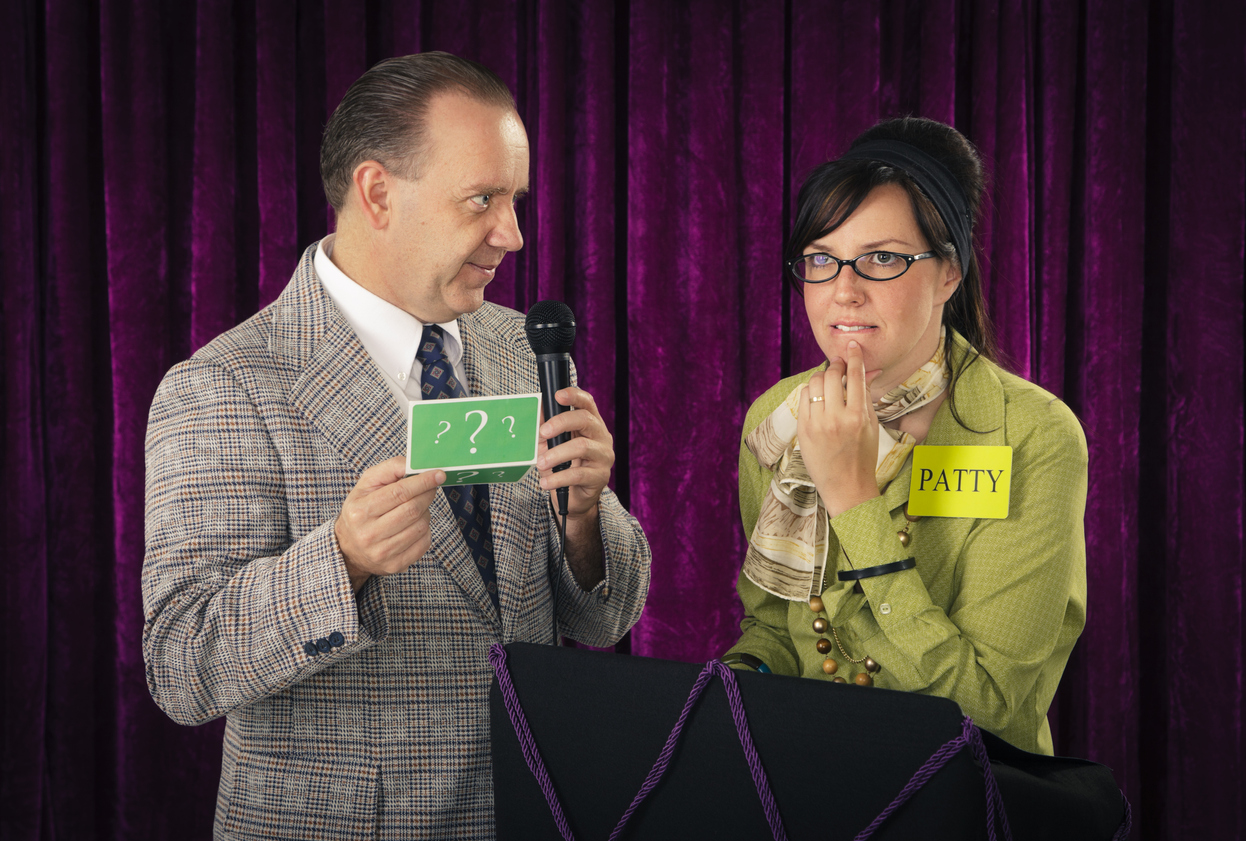
I can’t wait to see your deck! – said no one, ever.
Real talk: chances are slim you’ll hear oohs and awe during your PowerPoint presentation. Don’t take it personally, take it as failing of the business world. Microsoft estimates more than 30 million PowerPoint decks are presented every day. That’s a lot of slides. We’re decked to death.
Keep this in mind the next time you use PowerPoint. While it’s an easy and well-accepted tool for the deck builder, it’s not always so great for the learner. Why?
The way we use decks helps us as presenters and trainers more than it helps learners.
People have to quickly read and glean data from each slide, while you’re talking, before you – poof! – move on and the slide disappears. Same for the next slide. And the next.
If you have a more active and familiar audience, you can expect requests to “go back a few slides” where you’ll re-explain as they furiously take notes. You’ll see a few furrowed brows, but eventually they will stop asking questions. That’s not always a good thing.
If you have a distant or more formal audience, people will tune out and make a mental note to ask you for the deck later.
Most presenters offer to send it anyway. The presenter and audience have good intentions, but it’s sort of a cop out. You’re unintentionally saying, “I know you probably didn’t learn what you needed, but it’s all right here – good luck!”
Many of us in the audience don’t look at those abandoned decks. If we do…now it’s a job aid. You could have designed a job aid that works as a job aid instead.
Most people need both the deck and the presenter to facilitate learning. You probably won’t be with learners when they are trying to execute what you have taught. So even if you have the most amazing deck ever, there are a few things you can do.
- Even if it’s not training – it’s “just a presentation” – raise it to the level of a learning experience. Think like an instructional designer. People learn by engaging, but every slide is essentially a passive experience. Any kind of content can be turned into an interaction. So, stop. Leave the deck during your presentation to get your audience talking, doing and sharing.
- Build in time for that engagement. If you have 30 minutes on the agenda, don’t build 30 minutes of slides. Leave time for practice and discussion. And that doesn’t just mean after your slides are done – make it clear you’re ready to stay on one slide until everyone is comfortable, before moving on. Leaving no extra time says to the group, “My deck is perfect – this is all you need.”
- Think of even the simplest presentation as a multi-step learning process. The steps should include your presentation, follow-up, and on-the-job learning opportunities. So build tools that support each step.
PowerPoint is an incredibly successful and useful tool. But it’s just one tool and it shouldn’t drive the service you are providing to your audience. Put learning first and make the deck follow.




